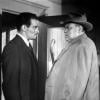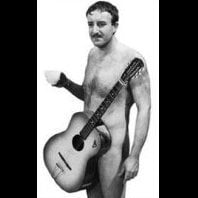IGNORED
Autechre the musical possibilities of heavy compression.
- Search posts by...
- Reply to this topic
- Ignore this topic
- Stop ignoring this topic
- Start new topic
-
Recently Browsing 1 Member
-
Similar Content
-
- 8 replies
- 485 views
-
- 3 comments
- 261 views
-
- 191 replies
- 12,272 views
-
- 1 comment
- 3,790 views
-
- 3 replies
- 2,179 views
-









Recommended Posts